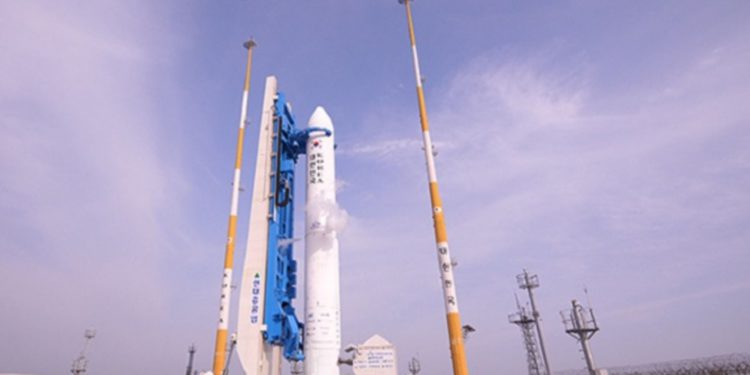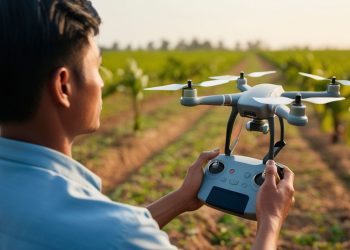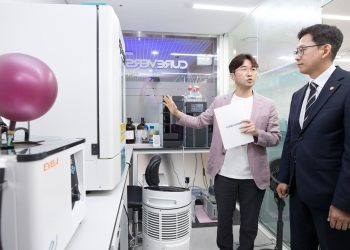South Korea is finally launching the country’s missile production program after the U.S. lifted restrictions earlier this year. The vice chief of the Defense Acquisition Program Administration announced the launch in August. He will be leading the team with key members from the ministries handling defense affairs.
In May this year, U.S. President Joe Biden and Moon Jay-in, the South Korean President, had the final meeting to lift the restrictions laid on South Korea. The four-decade-old bilateral missile guideline was a hurdle in the development of the ballistic missile range.
The program has set a rough budget of $13 billion, which will be utilized in the next ten years over the development of the military satellites. According to DAPA officials, the master plan will be drafted soon, along with regulations, technologies, and infrastructure to be used in the mission.
Transferring core-satellite technologies to the local defense bodies is underway as the country prepares for the big launch.
Vice commissioner of DAPA, Seo Hyung-jin, spoke to reporters about the mission. “Space programs can be developed further through active and organic cooperation between government agencies to address the various demands from defense, science and technology, and industry,” he stated. He also mentioned how the space task force would actively improve the space industry ahead.
The agreement has pushed the boundaries of the South Korea Defense department leading them to a strong position. The country will now be able to develop rocket engines and deal in the space sector manufacturing commercially.
The $1.8 billion project is set to launch a satellite weighing 1.5-ton into the space orbit around 800 KM above the Earth. The project is likely to get launched before this year ends.
Russian technology and domestic tech efforts have been put in to develop the two-stage Naro space vehicle, which is planned to have its first flight in October 2021.
While communications satellites are used for testing 6G internet, around a hundred small satellites are preliminary exploration versions for military purposes. Similarly, observation satellites are being used to track space weather.
Hanwha, a key defense instrument market player, has made a Hub task force to develop space businesses. The unit was formed in March and aims to develop space businesses in the expanding space market.
The company announced, “The Space Hub will orchestrate research, development and investments across a wide spectrum of business areas, including space launch vehicles, satellite-based communications, Earth observation (EO), and renewable energy.”
The company will also be seen planning liquid engines for KSLV and other space components such as thrust vector control systems, calves, turbopumps, etc.
Korean Air is involved in a military project which will be developing an orbital launch vehicle. For this, Boeing 747-400 airplanes will be used. While the project is in the process of being air-launched, the company is hoping for the required clear weather, geographical conditions for this small satellite launch.







